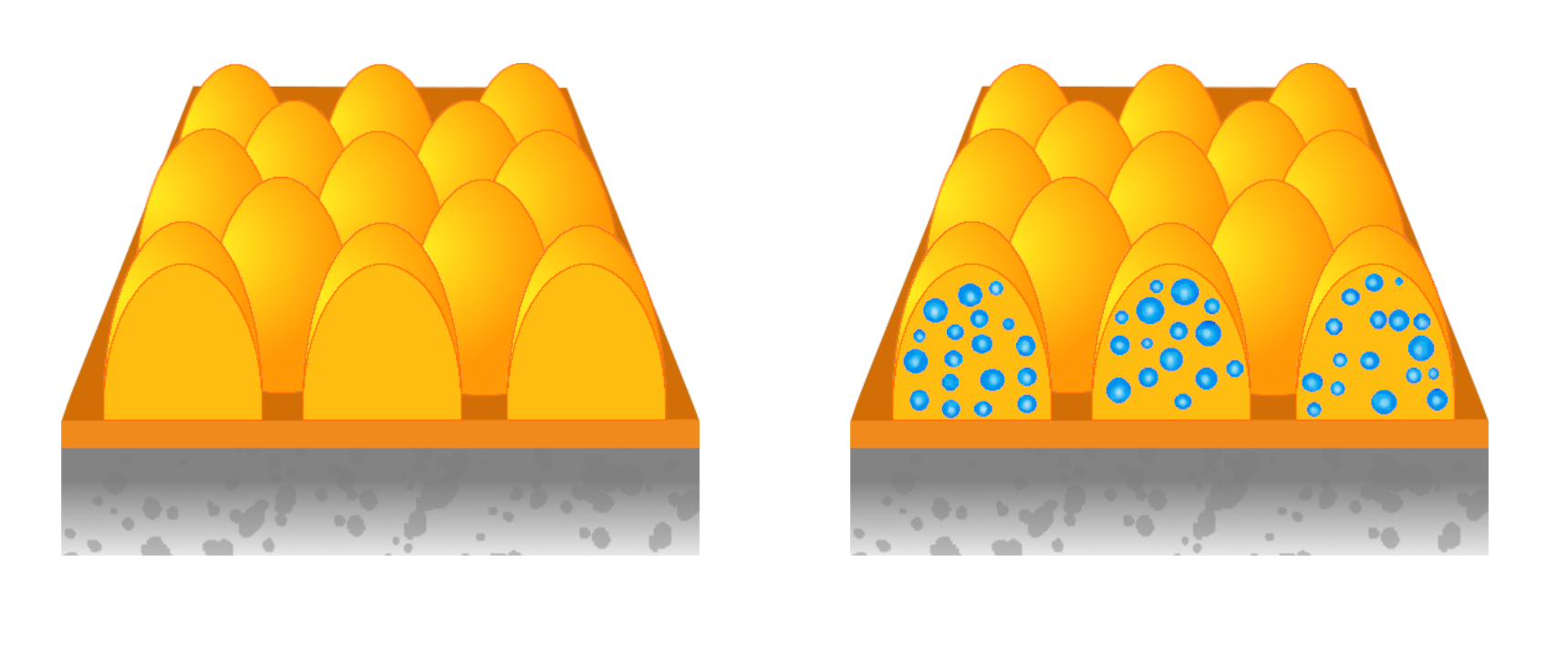Antimicrobial surfaces inspired by insects
Biological nanocoatings, tiny layers only a few nanometers thick, provide multiple advantages to the surfaces they cover, ranging from adhesion to antibacterial activity. Researchers from the laboratory of Prof. Vladimir Katanaev have found a way to artificially reproduce the nanocoatings that cover the surface of fruit fly eyes. Combining these bio-inspired nanocoatings with other materials could give them strong antimicrobial properties and may open new avenues for making public surfaces that limit the spread of viruses and bacteria.
Metal to improve the antimicrobial properties of bio-nanocoatings
In a recent study published in Nanomaterials, scientists from Prof. Vladimir Katanaev’s group in collaboration with Jozef Adamcik from the University of Fribourg have succeeded in imparting strong antiviral and antibacterial properties to their bio-nanocoatings inspired by insects. By adding metals, such as silver or cooper, to these nanocoatings (see Figure below), they were able to confer them antimicrobial properties. Surprisingly, despite the fact that metals in their natural configuration are highly toxic, these metalized bio-nanocoatings were found to be non-toxic. Incorporating metal (blue dots) to the biological nanocoatings improves their antiviral and antibacterial properties, without inducing toxicity. © UNIGE
Incorporating metal (blue dots) to the biological nanocoatings improves their antiviral and antibacterial properties, without inducing toxicity. © UNIGE
What’s next?
Using this innovative technology to cover public surfaces such as bus seats or hospital beds could be a safe and easy approach to protecting humans from infection. Such strategies are particularly needed today with the increase in bacterial resistance to antibiotics and the emergence of new viruses such as SARS-CoV-2.
13 Jun 2022
